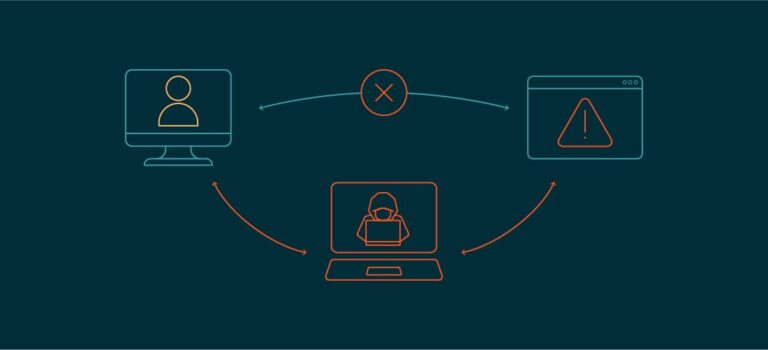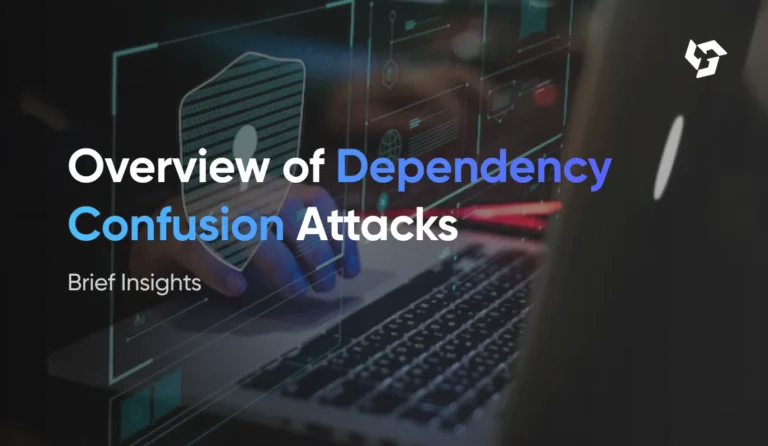Infinite Money Glitches – Flaws in Financial Transaction Logic
The concept of “infinite money” has tantalized humanity for centuries, from alchemists seeking to turn lead into gold to gamers exploiting code loopholes in virtual worlds. But what happens when these glitches emerge in real-world financial systems? Flaws in transaction logic—whether in banking software, payment gateways, or stock trading algorithms—can create cascading vulnerabilities, enabling theoretical (or actual) “infinite money glitches.” This blog explores the mechanics, historical cases, ethical implications, and systemic risks of these flaws, revealing why money is far less “solid” than we assume.
The Myth and Mechanics of Money
Money is a social construct built on trust. Modern finance relies on digital systems where transactions are validated by logic gates:
- Debits/Credits: For every $1 deducted from Account A, $1 must appear in Account B.
- Time Delays: Batch processing creates windows where funds exist in two places simultaneously.
- Error Checks: Systems flag mismatches (e.g., overdrafts) but often fail under edge cases.
A “money glitch” occurs when flawed logic bypasses these checks. Examples include:
- Race Conditions: Two transactions reading a balance simultaneously before either updates it, allowing double-spending.
- Rounding Errors: Fractions of cents accumulating into large sums (e.g., the “Salami Slicing” hacking technique).
- State Inconsistencies: Systems failing to sync real-time balances across servers.
Video Games: The Sandbox for Financial Exploits
Video games inadvertently test financial logic. Iconic examples:
- World of Warcraft (2005): The “Reckoning Bomb” glitch let players duplicate gold by crashing servers during transactions.
- EVE Online (2009): A currency exchange bug allowed infinite withdrawals from NPC banks.
- Grand Theft Auto V (2013): Stock market manipulation via mission replays generated billions in-game.
These virtual economies mirror real finance: scarcity is enforced by code. When code fails, inflation follows.
Real-World Cases: When Glitches Escape the Matrix
1. The Deutsche Bank “Double-Transfer” Error (2018)
A software upgrade typo caused $35 billion to be sent twice to a hedge fund client. The duplicate transaction was caught—but only after 24 hours. Had it gone unnoticed, it could’ve triggered global liquidity chaos.
2. Knight Capital Meltdown (2012)
A legacy algorithm malfunctioned, executing $7 billion in erroneous trades in 45 minutes. The firm lost $460 million and imploded overnight.
3. PayPal’s Negative Balance Hack (2007)
Users discovered that linking overdrawn bank accounts let them spend “negative” balances as positive funds. PayPal froze accounts but couldn’t prosecute—the flaw was systemic.
4. The $23 Quadrillion Oil Trade (2009)
A clerical error in Nigeria’s stock exchange listed a trade for 2.4 million shares at 99 naira each as 2.4 billion shares. Market cap briefly hit $23 quadrillion—1,000× global GDP.
Why Flaws Persist: The Logic Trap
Financial systems are built on layered legacy code, creating fragility:
- Automated Reconciliation: Systems auto-resolve small discrepancies (e.g., rounding up/down), hiding errors.
- Third-Party Dependencies: Banks use vendors for core processing. A bug in one node (e.g., the 2020 Zerodha stock glitch) propagates universally.
- Regulatory Gaps: Compliance focuses on fraud, not logic failures. Test environments rarely simulate chaos (e.g., market crashes + server overload).
Ethical Dilemmas: Is Exploiting a Glitch Theft?
Legally, yes. Philosophically? Gray zones emerge:
- Intent vs. Opportunity: Withdrawing “free” money from an ATM glitch (e.g., 2010 HSBC UAE incident) is theft. But what if the system invites it?
- Corporate Hypocrisy: Banks reverse erroneous credits but enforce debts from their own mistakes.
- Unprosecutable Exploits: Cryptocurrency “forking” lets users claim duplicate coins—a designed glitch.
Prevention: Can We Patch Reality?
Solutions exist but face adoption hurdles:
- Blockchain: Immutable ledgers prevent double-spending but lack scalability for global finance.
- Formal Verification: Mathematically proving code correctness (used in NASA systems). Banks resist due to cost.
- Chaos Engineering: Netflix-style stress tests (e.g., randomly freezing servers) to find flaws pre-production.
Ironically, the biggest barrier is human complacency. As one JPMorgan engineer admitted: “If it passes QA, we assume it’s perfect.”
The Future: AI, Quantum Computing, and New Glitches
Emerging tech introduces unprecedented risks:
- AI Trading Bots: Can exploit microsecond arbitrage loops humans can’t conceive.
- Quantum Hacking: Breaking encryption could let attackers “forge” transactions.
- CBDCs (Central Bank Digital Currencies): Programmable money may allow state-enforced logic (e.g., expiring stimulus funds), creating politicized glitches.
Conclusion: Money as Shared Fiction
Infinite money glitches expose a terrifying truth: our financial system is a networked house of cards. Flaws aren’t anomalies—they’re inevitable byproducts of complexity. While we can’t eliminate glitches, we can build resilient response frameworks: real-time auditing, ethical hacking incentives, and accepting that money, at its core, is a story we all agree to tell. The next glitch isn’t a matter of if but when—and preparedness is the only vaccine against chaos.






